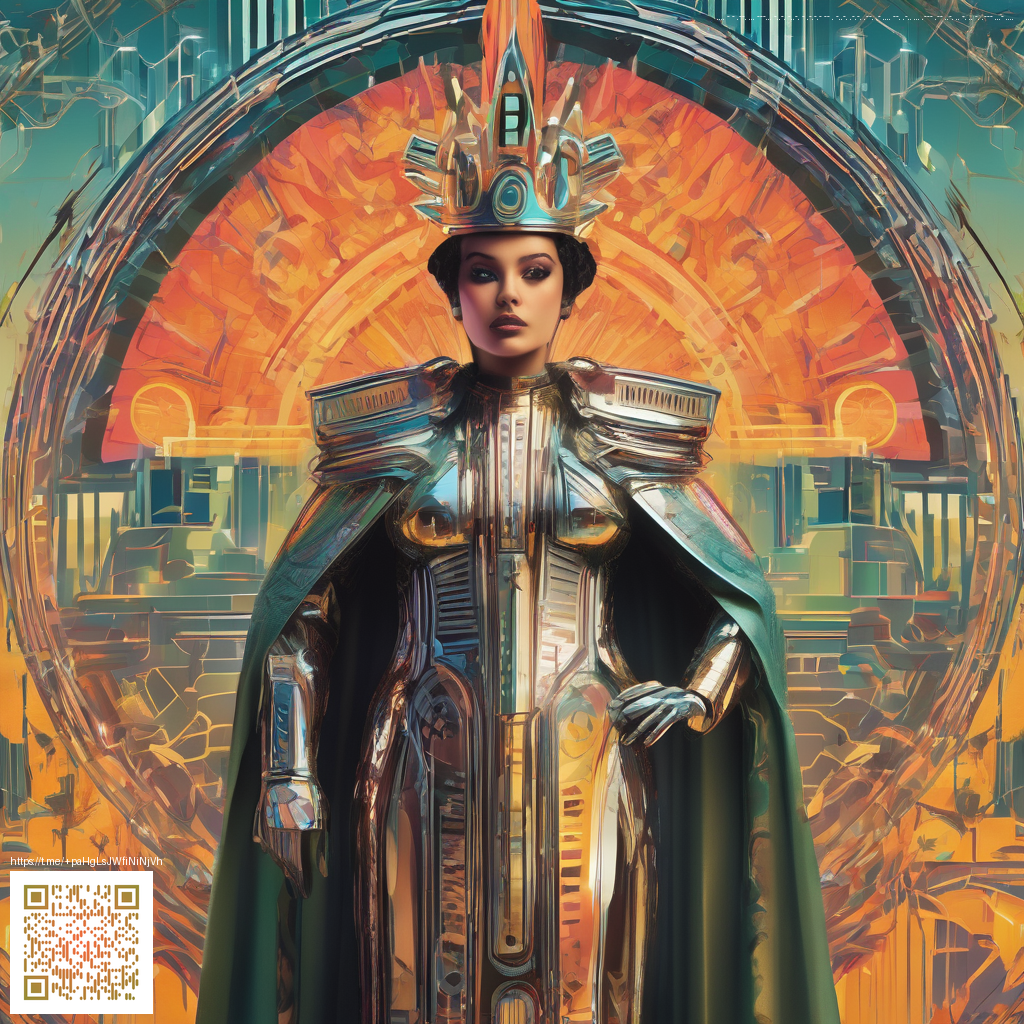
Pong through time a retro staple that keeps evolving
Pong remains one of the most influential small scale games in history. Born in the early 1970s it distilled video game play to its most essential elements a paddle a ball and a goal. The simplicity hides a surprising depth as players learn to read ball angles and pace by feel alone. Across PC consoles and arcade cabinets that core loop has endured and still feels fresh in quick burst sessions or longer nostalgia fueled sessions.
In this broad look we explore how the game translates to modern devices and how communities around the game keep the spark alive. We also examine how recent re releases and homebrew projects preserve the design philosophy that launched an entire industry. The conversation centers on gameplay fundamentals community energy and how developers and players keep the experience feeling fair and fun across generations.
Gameplay across PC consoles and arcade environments
The heart of Pong is unmistakable the paddle controlled by a player on each side with a ball that bounces off walls and paddles. The objective is to out maneuver the opponent and score through precise timing. On PC and consoles players enjoy options that expand accessibility for casual play and competitive matches alike. Keyboard controllers game pads and dedicated arcade style peripherals offer a tactile range that mirrors the original feel while introducing modern comfort levels.
Modern iterations often preserve the core mechanics while adding quality of life choices. You may encounter adjustable ball speed paddle size and alternate field layouts in some ports. These options let newcomers discover the tempo of a classic while letting seasoned players dial in a rhythm that matches their training. Even without heavy embellishments the design rewards quick thinking rapid reflexes and strategic placement a trifecta that holds up under scrutiny decades later.
Community insights and nostalgia driven culture
Retro gaming communities celebrate Pong as a touchstone a symbol of game design simplicity meeting high skill ceiling. Local meetups arcades and online leaderboards turn these compact matches into friendly rivalries. Players share tips on timing and precise paddle positioning and a sense of shared history emerges as new players discover the game through emulation and retro collections.
Modding culture around Pong tends toward creative clones and enhancements rather than sweeping overhauls. Fans experiment with display modes color palettes and CRT shader emulations that imitate old monitor glow while preserving the responsive feel. Community driven projects often aim to preserve the timing integrity of the original while inviting fresh ideas for accessibility and challenge.
Update coverage and modern porting trends
Across platforms the message is that Pong remains a relevant inclusion in retro collections and tribute releases. Digital storefronts frequently feature the title as part of nostalgia bundles and compact arcade compilations. Many ports provide options that improve legibility on modern screens and allow players to scale pixel art with clean sharpness while keeping a hint of that classic scanline charm.
Developers who reference Pong in their design philosophy point to its elegance as a master class in game mechanics. The discussions around timing latency input feel and user experience emphasize how minimalism can yield lasting engagement. The enduring appeal lies in how a tiny system can teach big lessons about space control and anticipation.
Modding culture and developer commentary
Modders keep the dialog lively by crafting variants that extend the core idea without losing its soul. Fan made versions explore new art styles soundscapes and even quirky rule changes that test players in novel ways. The conversation between developers and fans often centers on preserving the delicate balance between fairness and challenge a balance that has kept Pong relevant for so long.
From a developer perspective Pong demonstrates how powerful simplicity can be. The design invites experimentation while demanding faithful handling of input latency and visual clarity. This dynamic becomes a blueprint for smaller teams exploring ambitious ideas within constraints a lesson that resonates across the wider landscape of game design.
For readers and players who crave a sense of continuity the arc from vintage arcades to modern devices feels natural. The game is a reminder that core mechanics can travel far beyond their initial platform and still deliver a precise delightful experience. It is also a reminder that community and experimentation are a big part of how classic play stays alive in a crowded digital world.
Want to support a decentralized internet while enjoying the best of retro style and modern convenience Get involved with a donation that champions open and distributed networks. This approach aligns with the spirit of Pong a game born from shared ideas and accessible play for everyone
Donate to Decentralized Internet
More from our network
- Atlas of a Billion Stars Reveals a Distant Blue Beacon
- MTG Community Analyzes the Sea Devils Silver Border Legality
- Analyzing Heirs of Stromkirks Background Imagery and Flying Motifs
- Apparent vs Absolute Magnitude Reveals a Hot Star 25 kpc Away
- Intel and AMD Trusted Enclaves The Network Security Backbone Under Physical Threat